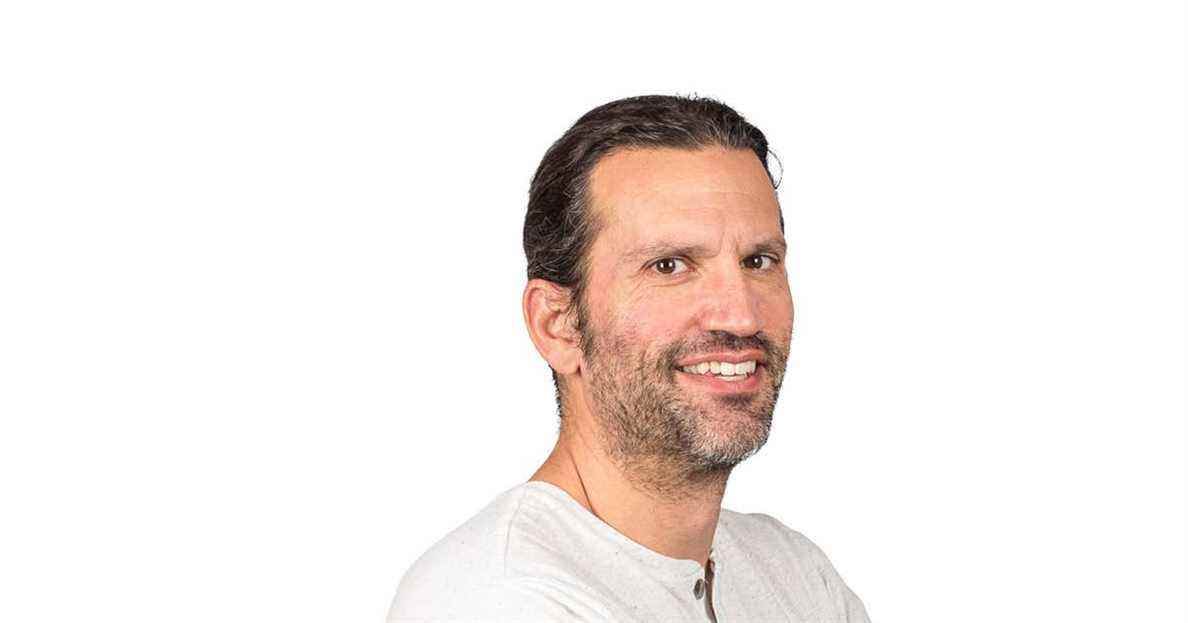Let’s get straight to the point: the Quebec media are increasingly flirting with lies. They are largely to blame if they see their love rating plummeting these days with a certain audience. They also hold the key to solving this problem. Here’s why.
We can point to the erosion of media revenues caused by the Internet and GAFA, but the fact is that the line is blurred every day a little more between information content, entertainment content and advertising. And unsurprisingly, digital media and its ever-growing cohort of influencers are no strangers to this genre confusion.
A large part of the public pays little attention to the difference between the content they see on one or other of the screens they consult every day. For these people, all that is “the media”. It is not surprising that more and more people say they are wary of it… “We need to better explain the difference between the different roles that exist in the media and even in journalism”, estimates the professor of journalism at the School of UQAM Patrick White. The Montreal journalist and author doubts the conclusion of a study published in March by the firm Edelman, according to which only 59% of Quebecers trust in the work of journalists.
The public relations firm sought more to react than to rectify the situation, thinks the expert. More credible, a university study carried out at the end of 2019 and led by professor emeritus in communication at Laval University Florian Sauvageau established that 83% of Quebecers have “very” or “somewhat” confidence in the news media. Only 34% of respondents said they trust social media content.
According to Patrick White, this is the kind of nuance about the different forms that media takes that could be taught in school. “The kind of role that the future course on Quebec culture and citizenship, which will replace the courses in ethics and religious education, could fill,” he said, while adding that “it is also the responsibility of the media themselves themselves to do so in their own space by being more transparent about how stories, headlines and other content are created.”
Ethics and tact
In all this mishmash, traditional media sometimes play with fire. A sports journalist who becomes the spokesperson for a sports betting website not only puts his professional credibility at stake, but he does so against the code of ethics of the Professional Federation of Quebec Journalists.
This can give the impression that journalists are going to say anything as long as they are paid to do so… Advertising space, it should be emphasized, is the haunt of fine talkers in the media. The proof: anyone who has compared a hamburger seen on television with the kind of brownish pâté found at the bottom of a box of junk food can testify to this “alternative truth” that advertising sells.
If bleach washes whiter than white, advertising washes greener than green. In recent years, it only took a few hours after having publicly doubted the environmental value of the coffee machine pods sold by Nespresso and Keurig for a representative of one of the two brands to reply and affirm that this activity takes full account of the issues environmental.
However, this is false. The Competition Bureau of Canada had to intervene last January. It fined Keurig $3.8 million for its “false or misleading” environmental claims. Its pods are simply not recyclable in the current Quebec system.
In a notice published a few days later, the Bureau warned: “With the increase in ‘green’ products, there is an increase in false, misleading or unsubstantiated environmental claims, which are illegal in Canada. »
In the United States, the Securities and Exchange Commission (SEC) will take matters into its own hands to combat greenwashing. The American financial authority will tighten the rules allowing companies to affirm that they respect the famous “ESG criteria” (environmental, social and good governance).
The SEC will come up with standards to make sure everyone uses the same ESG criteria. For example, it will define how to calculate GHG emissions and how to credibly account for its carbon footprint.
SEC influence doesn’t make it all the way to Instagram, where an influencer only needs the #ad hashtag hidden somewhere—yes, in English, too—at the end of a post to brag about the camera of the most recent smart phone, then to pocket the few thousand dollars given to him by the manufacturer of said phone.
Because basically, of course, it’s all about money. Quebecor Media and these influencers have the same business model: seduce a target audience to better pay the bills. The way to get there differs, but it is less obvious on social networks, which very badly separate journalists and editorialists from comedians who have become spokespersons and creators of often dubious content.
Canadian media philosopher Marshall McLuhan made himself popular by saying that the medium is the message. McLuhan himself then went on to make a comedic appearance in a Woody Allen movie. There again, he presaged what we see fifty years later: the more the media intertwine, the more the message becomes blurred.
And who benefits from this confusion, if not the counterfeiters?
